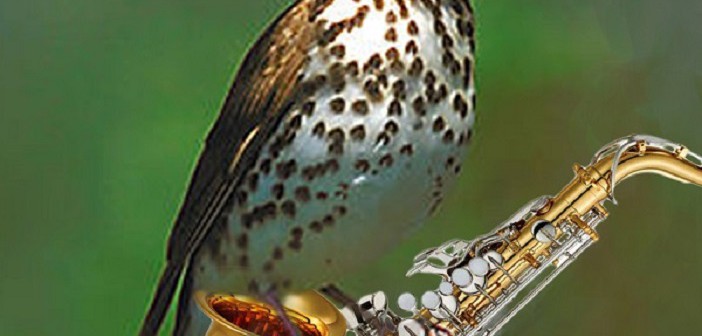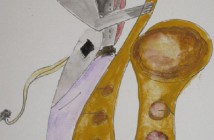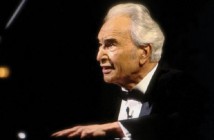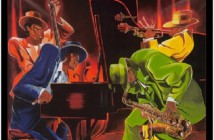When I think of the saxophone, I think jazz. I think Coleman Hawkins, an early-on stylist; Lester Young and his West Coast cool style; John Coltrane and his complex free style; Charlie Parker and his popular bebop style. I don’t think of—I’ve never even heard of—Ed Fraedrich, Harvey Pittel, and Marcel Mule. These last three are famous classical saxophone players.
My 11 year-old grandson is responsible for me thinking of the saxophone differently from now on. He is taking up the alto sax and his teacher is Steven J. Temme, a celebrated and multiple award and contest winner on the classical saxophone in the Washington, DC, metropolitan area where my grandson lives.
On a recent visit my grandson invited my wife and me to a concert by the young Temme. It was all classical saxophone with piano for the most part. Hector Villa-Lobos I knew, but not his “Fantasia” for saxophone. The piece that totally captivated me was the “Fuzzy Bird Sonata” by Takashi Yoshimatsu, a contemporary music composer in Japan.
“Fuzzy Bird” is in three movements: Run, Singand Fly. This is one of those pieces of music that you can see as well as hear. Yes, the piece does run, sing and fly.
We don’t know what kind of fuzzy bird Yoshimatsu was thinking of. Pictured here is a wood thrush whose “loud, flute-clear ee-oh-lay song rings through the deciduous forests of the eastern U.S. in summer” seems to fit the bill.
Music analyst Chiaki Hanafusa says, “Yoshimatsu approaches music for classical saxophone as a new genre. He seeks all possible sounds that the saxophone can create—beautiful tone to ‘noise like’—in his compositions. The blending of other musical styles in one piece is one of Yoshimatsu’s compositional styles, which can be observed in “Fuzzy Bird Sonata”; however, he does not limit himself to a single style. This unique style with some technical challenges attracts saxophonists and audiences alike.”
“Fuzzy Bird” is a mixture of oriental folk, jazz and bird songs in three parts.
Part One, Run, is composed of “quick trills and a jazzy wailing baseline with ‘bent notes’ and short pecking sections.
Part Two, Sing, is composed of “high sweet notes of a singing bird, swelling and dipping gracefully.” It is the one that riveted my attention: I’ve never heard a saxophone played like this. The closest I’ve heard is “The Sugar Man”, Stanley Turrentine’s soulful Blue Note recording.
Part Three, Fly, is “effortless and playful through the registers of the saxophone.”
Here is the stunning, Part 2, Sing! A simply stunning piece of music. Now where is my favorite dram?




